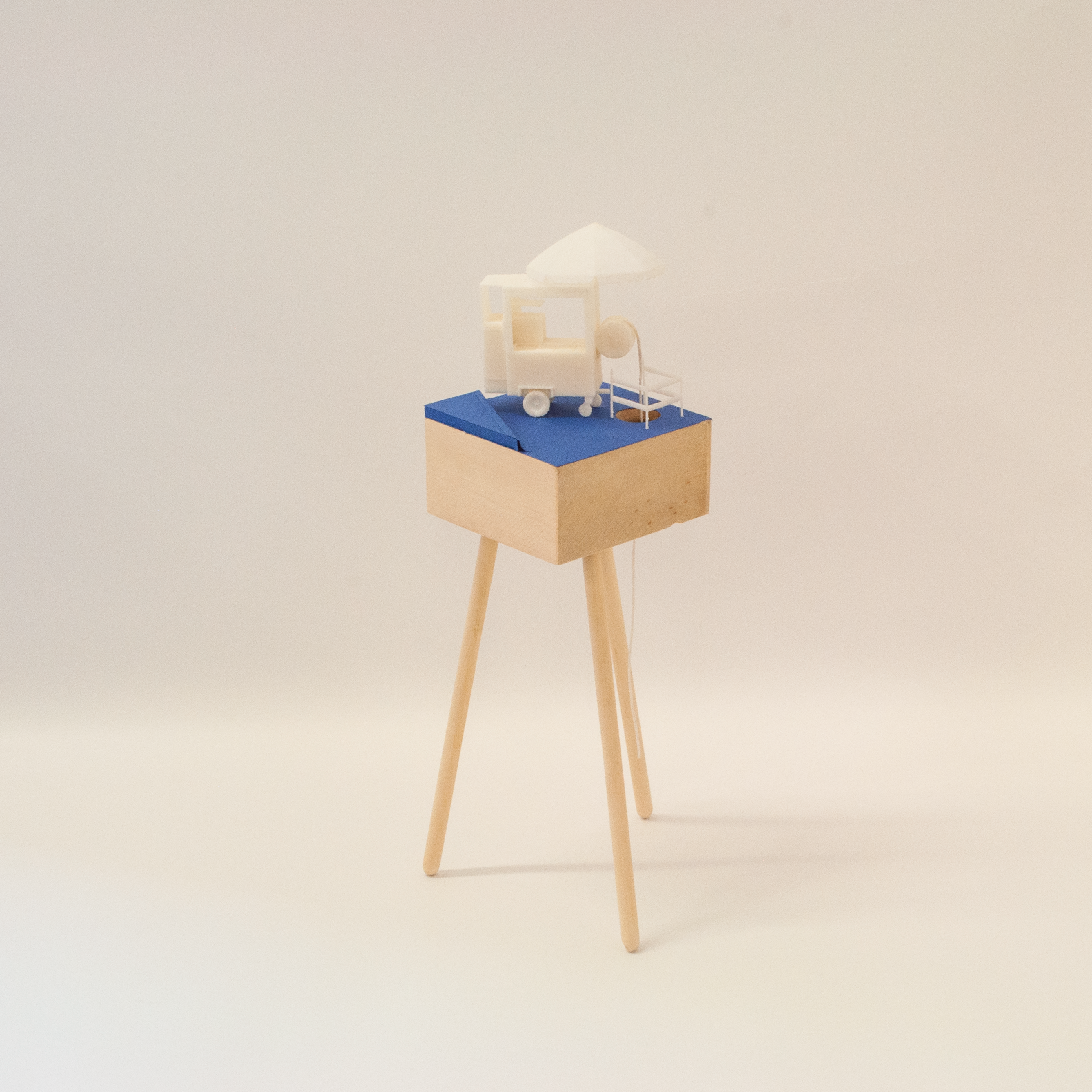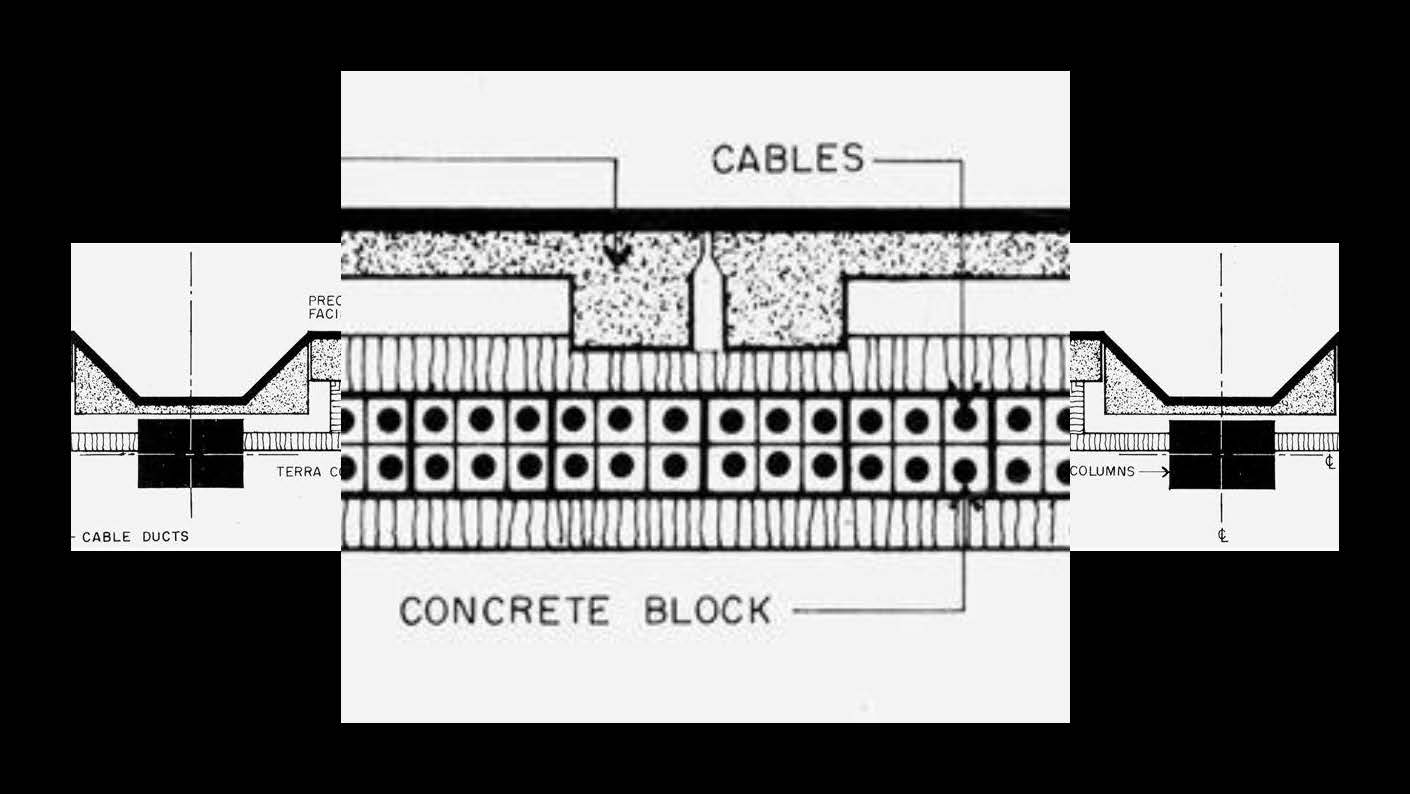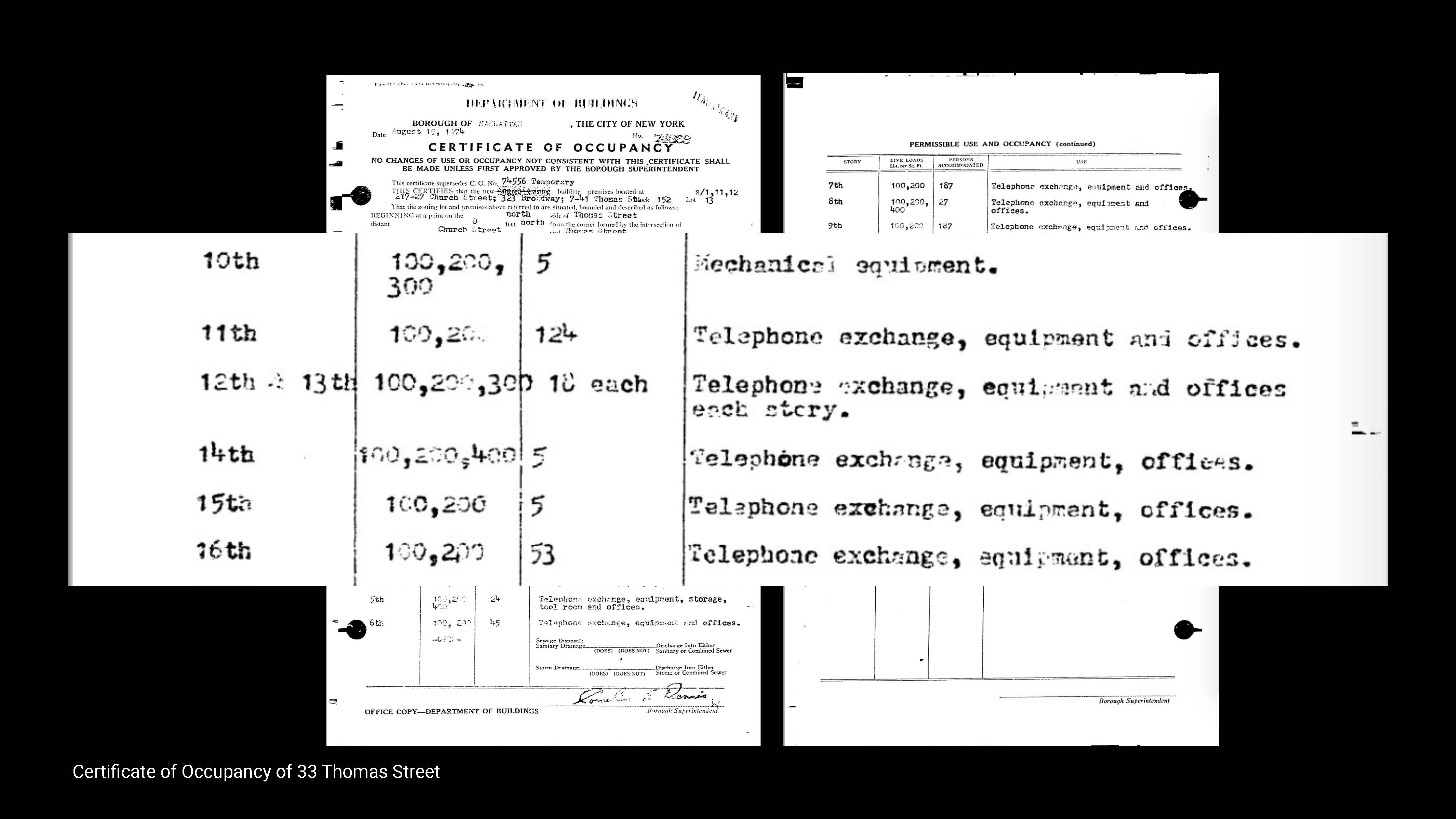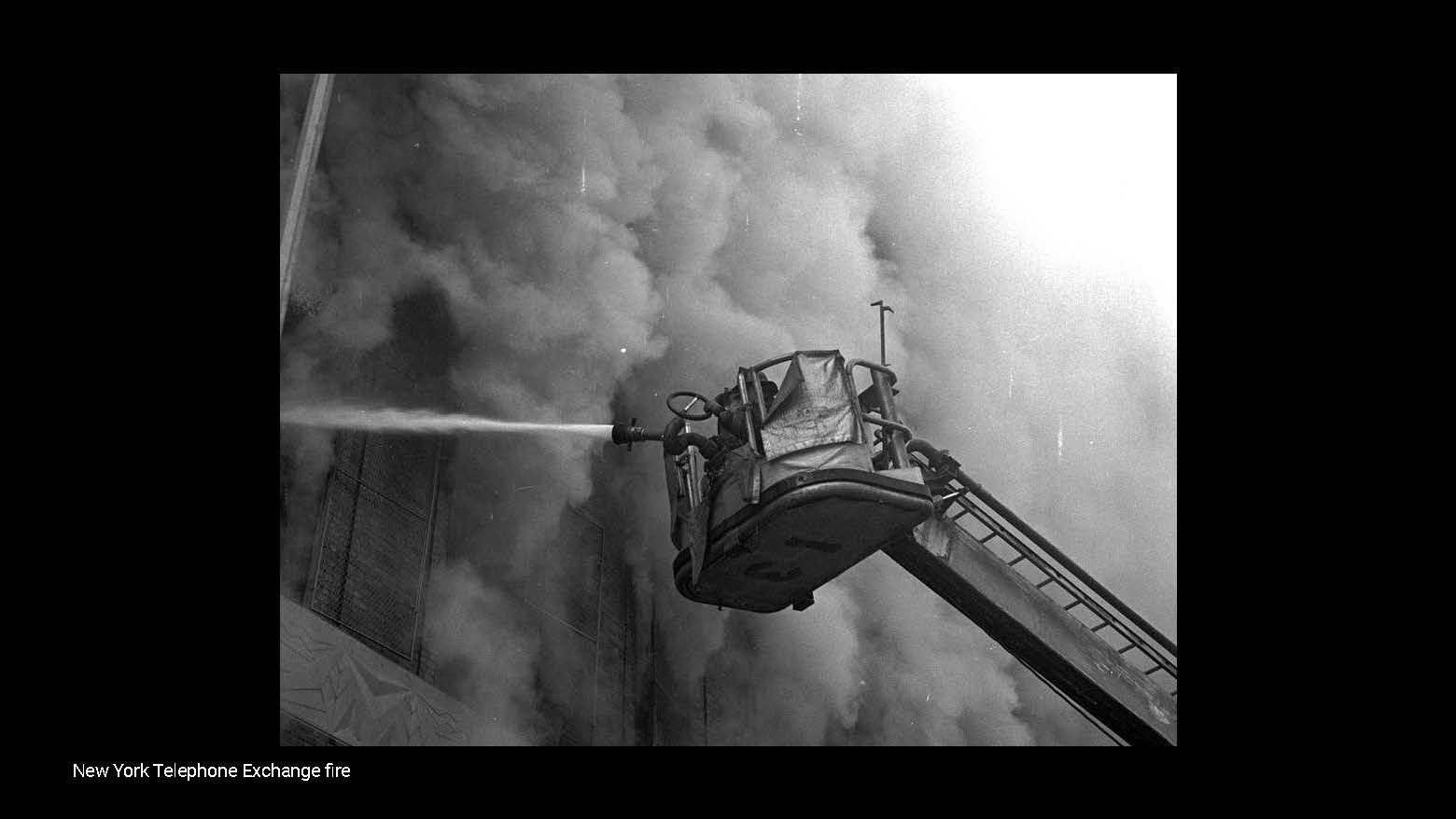1. Ecosystems of Dissent



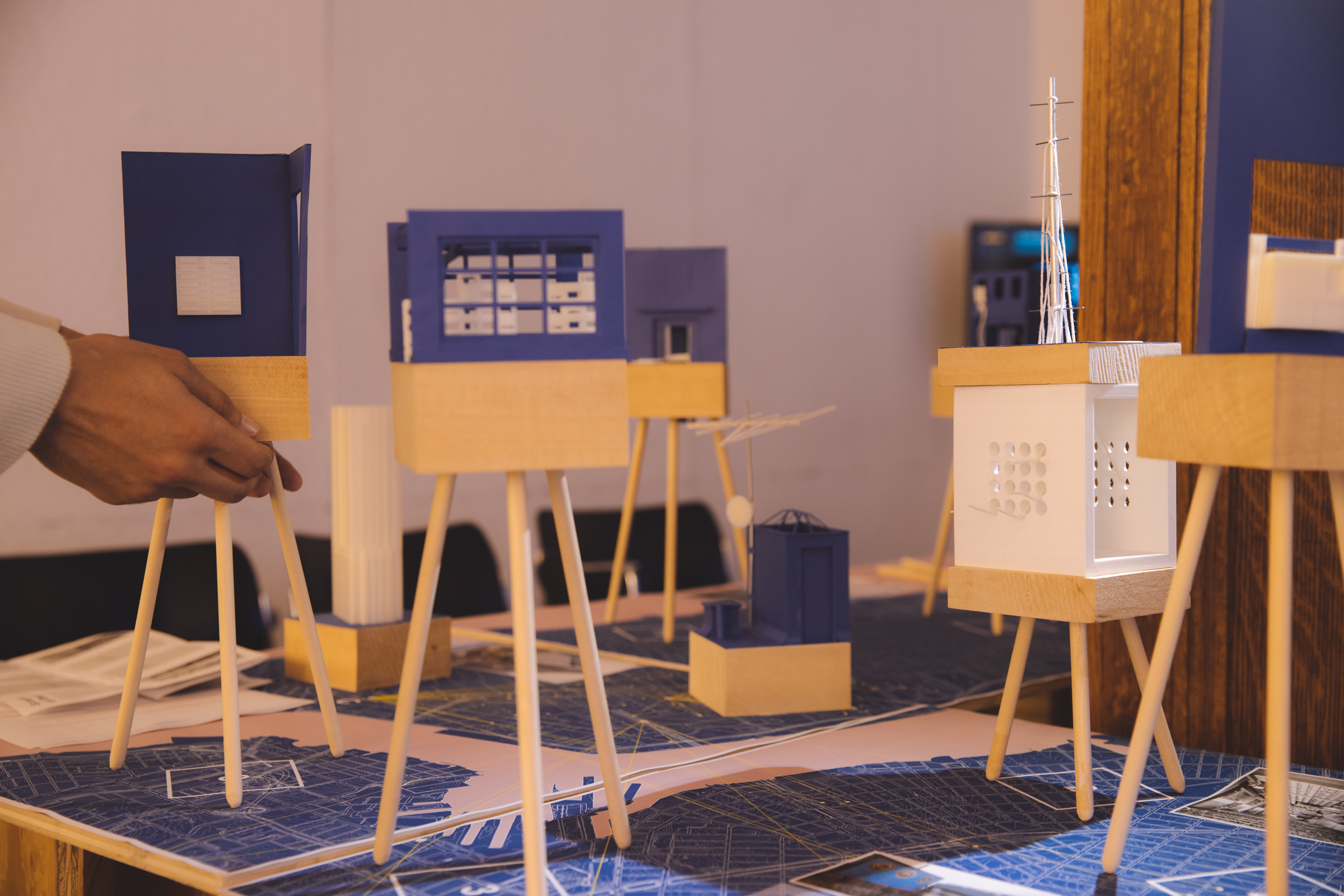



NY / 2021
From un-Detailing Studio with Andrés Jaque
The politics of architecture are the politics of prescription. Prescription is in the details.Construction details segregate; they seal; they select what flows and what is blocked; they protect; they avoid; they define labor conditions for those fabricating / maintaining / using architecture; they turn non-human and human entities into resources; they define what is sacrificial and what deserves to live. Details are complex assemblages of people, industries, practices, non-human forms of life. They operate beyond their confines. Details are transscalar. For the good and for the bad, they operate beyond their concreteness, producing distant transformations.They enact ideologies; they make some realities most likely, while others unlikely. They administer violence. Mies’ use of glass at the Lake Shore Drive apartments culminated the white occupation of Otawa’s rich ecosystem, violently taken from the Odawa Native American tribe, and turned into a site for silica extraction. Balloon framing was part of the scientific management of homogenized industrial forestry and of the racialization of US suburbia.
Power is in the details.Details are the ultimate enactors of architectural power.
—Andrés Jaque, un-Detailing


On 33 Thomas street, a 29-story windowless telecommunications building is the source of many debates and suspicions, and stands as the embodiment of telephone system architecture: anonymous, brooding, and forbidding. This building operates beyond its property line, and is part of a larger network. Its elements span from the global scale to the smallest detail. The building’s exterior wall sandwiches cables in layers of concrete, terracotta, and granite. Through this wall detail, many narratives unravel the political complexities and constructs which operate for the sake of the system.
As corporate telecommunication buildings evolved around the world, infrastructural systems have gradually been concealed through methods of black-boxing, limiting them to the realm of experts. By eliminating entire material narratives that carry accountability, these corporations became active participants in the production and centralization of secrecy and power.
Ecosystems of Dissent presents a series of techno-social fictional interventions around New York City which allow for alternative ways to engage with data infrastructure. These independent scenarios act to undermine the centralized hegemonic system of communication. They do so by rethinking adjacencies to infrastructure, what it means to maintain it, rewriting contracts, and expanding dissenting initiatives.
By mapping the infrastructural breaking points of this system, and bringing forward an alternative ecosystem of dissent, unanticipated political and aesthetic capacities can emerge which rethink how power is enacted as an urban reality. Episodes are brought forward, recreated spatially, and understood in their social capacities, as well as through the specific infrastructural element that allows for its interactions.
This installation is a tool to visualize the multiscalar relationships in which the ecosystem operates. The material is meant to be physically explored around the map and with the handheld guiding pamphlet.
